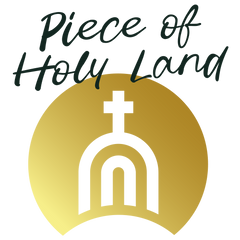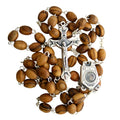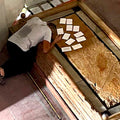Golgotha (Calvary) - The Sacred Hill of the Crucifixion
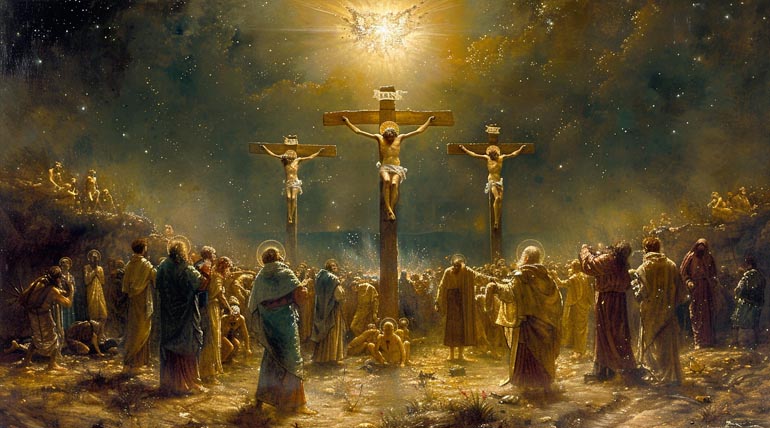
Golgotha, or Calvary, is the sacred site of Jesus Christ’s crucifixion, central to Christian theology and devotion. Enshrined within the Church of the Holy Sepulchre, it has been a place of pilgrimage, worship, and artistic representation for centuries. This article delves into the biblical, historical, and theological significance of Golgotha, its profound connection to the Passion of Christ, and its enduring impact on Christian faith and religious practice.
The Meaning of Jesus’ Death and Resurrection in Christianity
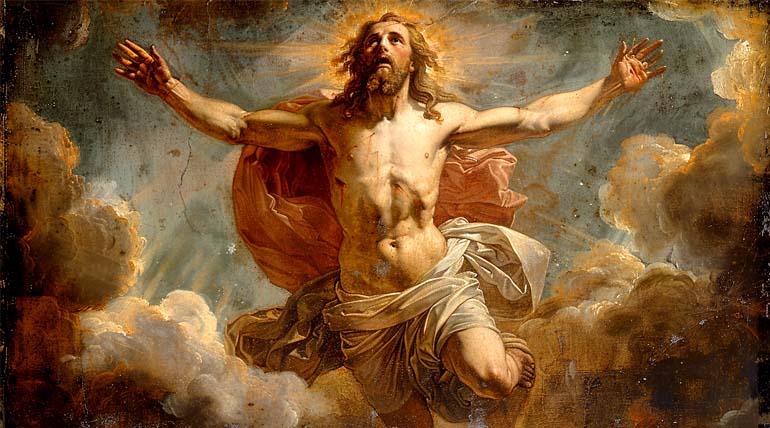
The death and resurrection of Jesus Christ form the foundation of Christian doctrine, representing divine atonement, victory over death, and the promise of eternal life. His crucifixion fulfilled ancient Messianic prophecies, and His resurrection established the ultimate hope for humanity. These sacred events are deeply intertwined with the Church of the Holy Sepulchre, where Christ’s redemptive work and His triumph over death are honored. This article explores their theological and historical significance, their impact on Christian spirituality, and how believers today can connect with this sacred mystery.
Spiritual Warfare and Christian Protection Symbols Throughout History
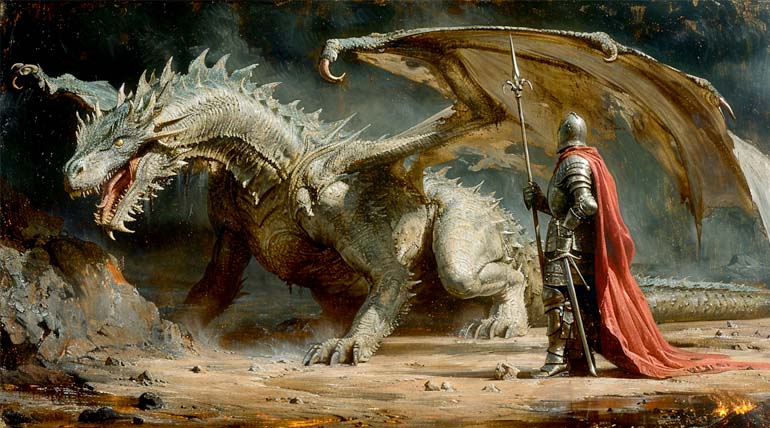
For centuries, Christians have relied on sacred symbols and prayers to shield themselves from spiritual harm. From the Sign of the Cross to Saint Benedict medals and biblical prayers, discover the powerful tools of spiritual warfare that provide divine protection.
Uncovering the Secret History of Prayer Before the Rosary

Long before the modern rosary became central to Catholic devotion, early Christians and monks used various forms of prayer beads and repetitive prayers to deepen their faith. Discover the ancient traditions that led to the development of the rosary, including Paternoster beads, Jewish prayer practices, and the influence of Saint Dominic.

